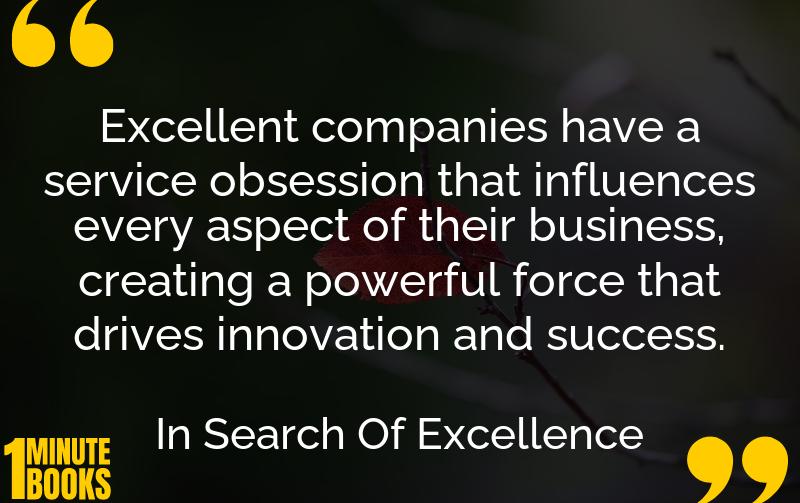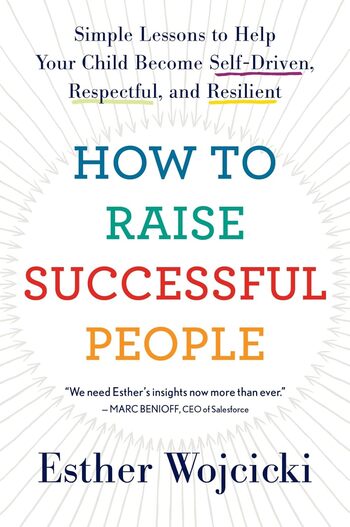
This book explores the secrets behind America’s top-performing companies of 1982, examining shared traits like action bias, customer obsession, fostering innovation, and organizational fluidity.
Main Lessons
- Action bias is crucial—successful companies move swiftly to address issues through informal communication and small task teams.
- Customer obsession fosters innovation by improving products based on customer feedback, cultivating loyalty and continuous improvement.
- Internal competition can drive innovation within large companies by encouraging autonomy and experimentation, as seen at IBM and Procter & Gamble.
- People-oriented companies that sincerely respect employees achieve sustainable success through thoughtful staff development and communication.
- Company values should be qualitative, guiding every level of the organization to foster growth and innovation.
- Profitable diversification involves building on existing strengths and competences, avoiding unrelated ventures.
- Simplicity in organizational structure leads to efficiency and better decision-making, exemplified by companies like Johnson & Johnson.
- Promoting a forward-looking ethos and innovation creates a culture of consistent growth.
- Empowering employees with responsibilities enhances their engagement and drives company success.
- Maintaining stable structures with lean staffing minimizes bureaucracy and supports decentralization.
- Clear, defined values help align company efforts across diverse departments, ensuring coherent strategy and purpose.
- Encouraging feedback from employees and customers results in productive adaptations and improvements over time.
- Adaptability and responsiveness to changing market needs are key components of long-term success.








